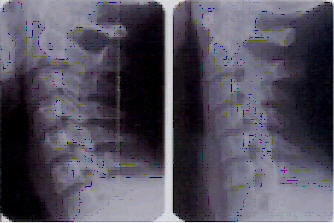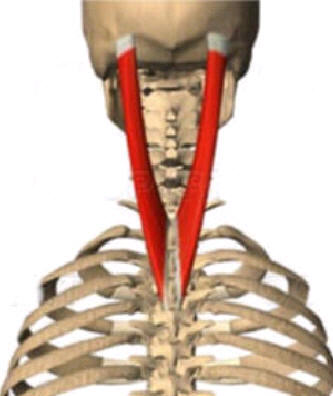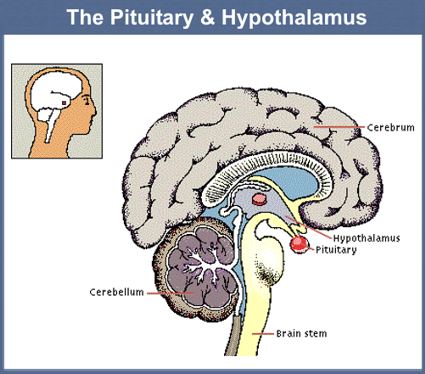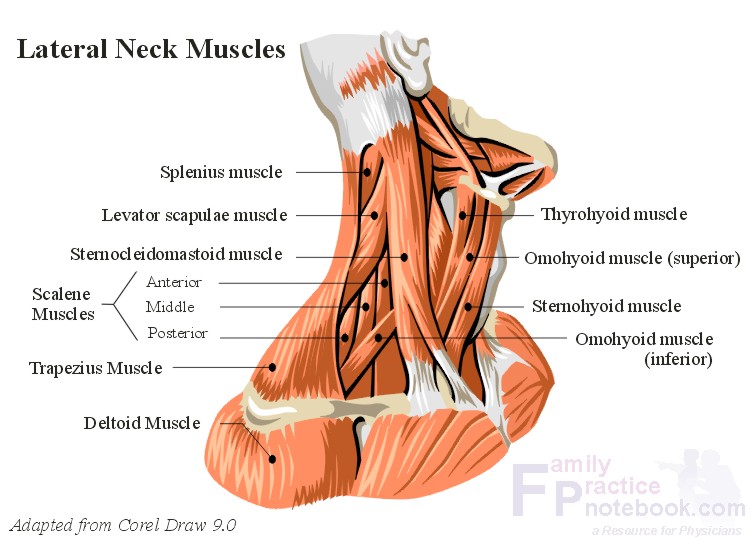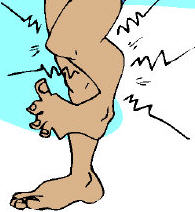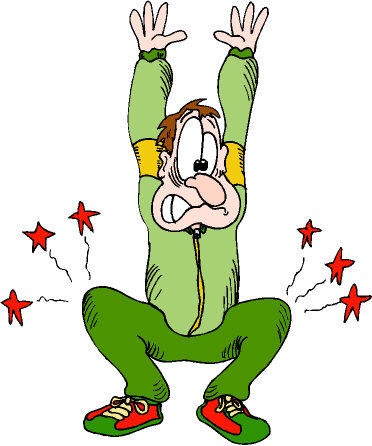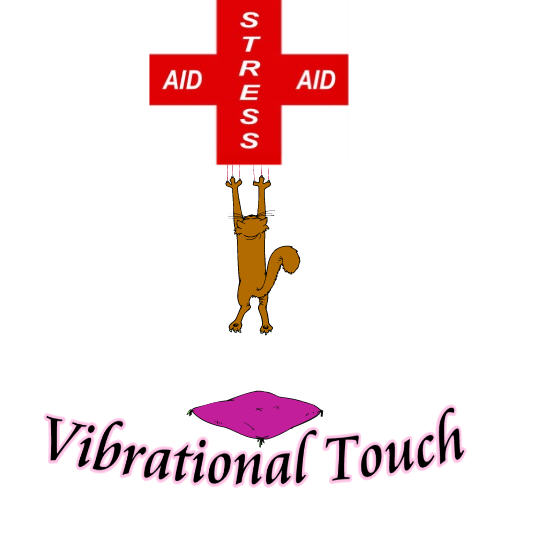
e-HEALING

Thomas Griner, DC, author of the remarkable book, What's Really Wrong With You? (A Revolutionary Look at How Muscles Affect Your Health) asserts that spastic muscles are at the root of many health problems. He lists common misdiagnoses, the true causes of specific symptoms, and how to relieve muscle spasms through exercise and massage (Neurosoma therapy). He explains:
* Why the usual techniques for helping back pain donít work very well.
* Why most exercises arenít really healthy. Continuous contraction without being in proper alignment and balance will complicate matters.
* 95% of back or neck pain canít be traced to a diagnosable medical cause as muscle spasms and imbalances cannot be seen with x-rays.
* The body is 70% muscle mass (640 muscles), affecting every organ. Therefore, even a single muscle spasm can create structural imbalances and impede the smooth functioning of nerves, circulation, and organs.
* Undetected muscle spasms may be one of the most unexplored, underestimated, or unknown, cause of disease and chronic pain today.
Muscle Matters
Muscle Spasm:
When a muscle contracts, LACTIC ACID starts to build up. As it increases, it becomes more toxic and creates distress in the muscle. Then the nerves in it signal the brain (cerebellum) and the muscle tightens up. The muscle eventually develops an abnormal, sustained contraction known as a hypertonic spasm, which is really a malfunction of the nervous system. Then it adversely affects nerves and blood vessels. You might not feel pain because the muscle may go into a kind of shock (flight or fight) and produce endorphins, natureís painkillers. That "endorphin high" is actually telling you that your body is being injured.
Causes of muscle spasms:
Stress: too much or too little activity, bumping into objects, posture, & emotional strain.
Exercise: We tend to overestimate how much pressure our muscles can take. Much of "aerobics" is actually anaerobic because although youíre breathing hard, much of the oxygen isnít reaching the muscle, and lactic acid is produced.
Bodybuilding: Bulging muscles are actually in chronic spasm. This impairs nerve function and circulation, which explains why veins are visible on the skin surface.
Holding a stretch: activates the stretch reflex, causing the muscles to contract. Muscles appear to be more flexible, but it is the tendons being stretched. A stretch and hold exercise (yoga) will temporarily lengthen the tendon, while shortening the muscle.
Inactivity: will cause lactic acid to accumulate in the muscles, leading to spasm.
Irritating the muscles:
will cause your body to release endorphins (200 times more powerful than morphine) and bring pain relief, but in the long run may make the condition worse.
Produced by:
Needles can irritate the tissues enough to produce endorphins.
Deep tissue massage: pressing, rubbing, kneading, poking, and stretching muscles cause the superficial muscles to tense up (stretch reflex mechanism), preventing one from going any deeper. You may feel better due to an endorphin release but the tenseness or pain often returns until the deep spasms are released.
Drugs may mask symptoms or make the situation worse by dulling the pain and further taxing the muscles. Pain shows us where we are in need of healing.
Thermal shock (extreme hot, cold, sauna) can be harmful to circulation, but heat can act as painkiller on the nerve endings.
Surgery often does not address the real problem, which is the muscles and tendons.
Electric current (sine-wave, etc) mildly electrocutes muscles.
Cracking or jerking the spine: a muscle goes into spasm first, then eventually, the spasm may pull the vertebrae out of place. Jerking or stretching a muscle causes a reflex reaction, so the muscle contracts. This jars an already tight muscle and causes it to contract even more, driving the spasms deeper. Remember that the muscles hold up the bones and not the other way around. Therefore, it is far better to relax spastic muscles to allow the bones to gently and automatically move back into place.
DO: Walking, warm up, stretch (Eastern forms of exercise), high intensity walking, biking, for 5 minutes all out and 3 minutes slow, and power lifting (machines are best).
The connection between muscle spasms and illness according to Dr. Griner:
SUBOCCIPITAL MUSCLES:sinus problems, asthma, agitated depression, allergies, herpes, headaches, shingles, and PMS. Metabolic diseases result from hypothalamus and pituitary glands, which regulate hormones: diabetes, chronic fatigue syndrome, weight problems, osteoporosis, autism, epilepsy, hyperactivity, and schizophrenia. Autoimmune diseases are primarily caused by the malfunction of the hypothalamus: MS, rheumatoid arthritis, lupus. Deep muscle spasms also cause structural problems: sprains, protruding discs, carpal tunnel syndrome, numbness, whiplash, sciatica, leg cramps, knee and back pain. High blood pressure is caused when a spastic sternocleidomastoid presses on the carotid artery. Most paralysis is caused by an extreme contraction, squeezing the blood vessels, choking circulation and causing the muscle to shrink ("atrophy").
Massage Magic:
Vibrational Touch is an excellent alternative to traditional massage methods. It is fast, gentle, convenient (over the phone), and involves a gentle, light motion over the muscles while fully clothed. It incorporates some aspects of massage, kinesiology, acupressure, Reiki, and the Bowen, but it is a unique method that produces superb results. When the muscle spasms are released, you will feel a deep relaxation and inner connectivedness. Vibrational Touch goes
beyond massage: The quantum tension tamer.
Spastic Scalene muscles put pressure on the vertebrae compressing the discs. A portion of the disc protrudes (seems to be "herniated").
Suboccipital Muscles (beneath the back of the skull) are key to healing many illness involving nalifunctions in body chemistry (Pituitary & Hypothalamus). The rectus capitis post. major sits on top of the greater occipital nerve which relexes to and influenced the linging of the sphenoid sinus.
Sphenoid sinus affects the Pituitary & Hypothalamus
The spastic rectus capitis posterior irritates the sphenoid sinus reflex nerve. Histamines released (when the body doesn't need it), stimulating the sinus lining to overproduce fluid (inflammation). The membranes around the sinus opening swell shut trying to absorb the fluid. Pressure builds up inside the sinus and becomes blocked so air can't circulate and carry away body heat. The glands warm to full body temp. and malfunction. Sphenoid Sinus cools the pituitary with fluid. When the sinus blocked, it can't cool it.
Splenius Capitis facial pain, dizziness, stiff neck, tinnitus, tics.
"When muscles are relaxed it is physically impossible for negative
emotions to arise and for unwanted actions to take place." Serge King





